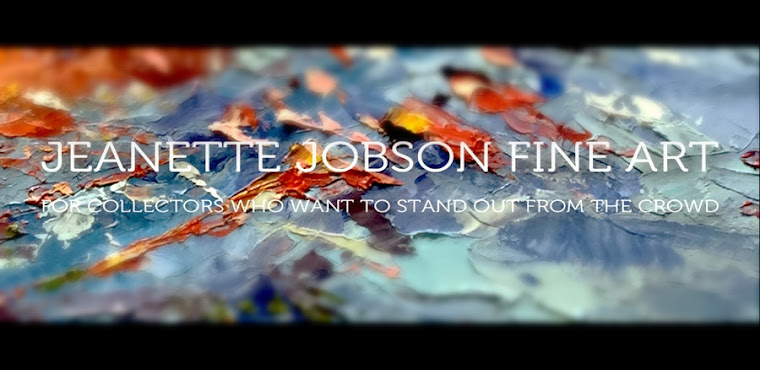
How have rabbits become synonymous with Easter? And where is the theory behind the Easter Bunny bringing chocolate eggs to children (and adults)? I never quite understand the connection anymore than I understand the connection chocolate or chicks have with this holiday either, so I did a little research.
Marion Murdoch's version seems logical.
It is thought that the hunt for eggs came first, with no association to the rabbit. As children searched for the eggs, they flushed out rabbits and thus began the stories of the rabbits leaving the eggs. Eggs were traditionally given out at the start of Spring in Egypt and Persia.And to make your arteries quiver and your dentist rub his hands in glee here are some facts about Easter candy production:
Historically, the rabbit, hare, and eggs in folklore have their basis as pagan fertility symbols, signifying Spring and new life, and the worship of the goddess Eostre or Eastre (usually shown with the rabbit as her symbolic animal). To entertain a child, the goddess turned her favorite bird into a hare, which immediately laid colorful eggs. When the Christians moved into the pagan's territories, they decided that the custom of coloring eggs was not harmful and adapted it to their own festivities.
Easter is celebrated on the first Sunday following a full moon, so the moon was used to figure out the date of Easter every year, and the hare (not the rabbit) was the symbol of the Egyptian moon. The hare was always been portrayed with its eyes open, watching the moon. In fact, the Egyptian word for hare is "un" which means open. Hares are born with their eyes open, rabbits are born with them closed.
When German settlers arrived in America, they brought with them the legend of "Oschter Haws", the white Easter Hare. Children behaved themselves, believing that, if they were good, Oschter Haws would lay colorful eggs (symbols of rebirth) for them in a nest the children had provided (usually their hat or bonnet, placed in the barn). By the 19th Century, the Easter Hare became the Easter Rabbit. American families would later adapt the nest tradition, using baskets, chocolate, and money. Easter itself was not widely celebrated until after the Civil War. A recent poll showed that 88 percent of adults still continue the Easter Bunny tradition
- The first chocolate eggs were made in Europe in the early 19th century and remain among the most popular treats associated with Easter.
- 90 million chocolate Easter bunnies are made for Easter each year.
- 16 billion jelly beans are made for Easter.
- Each day, five million marshmallow chicks and bunnies are produced in preparation for Easter.
- Easter is the second top-selling confectionery holiday behind only Halloween.
- 88 percent of adults carry on the Easter tradition of creating Easter baskets for their kids.
- 76 percent of people eat the ears on chocolate bunnies first.
- Red jelly beans are kids' favorite.
- According to the Guinness Book of World Records the largest Easter egg ever made was just over 25-ft high and made of chocolate and marshmallow. The egg weighed 8,968 lbs. and was supported by an internal steel frame.








